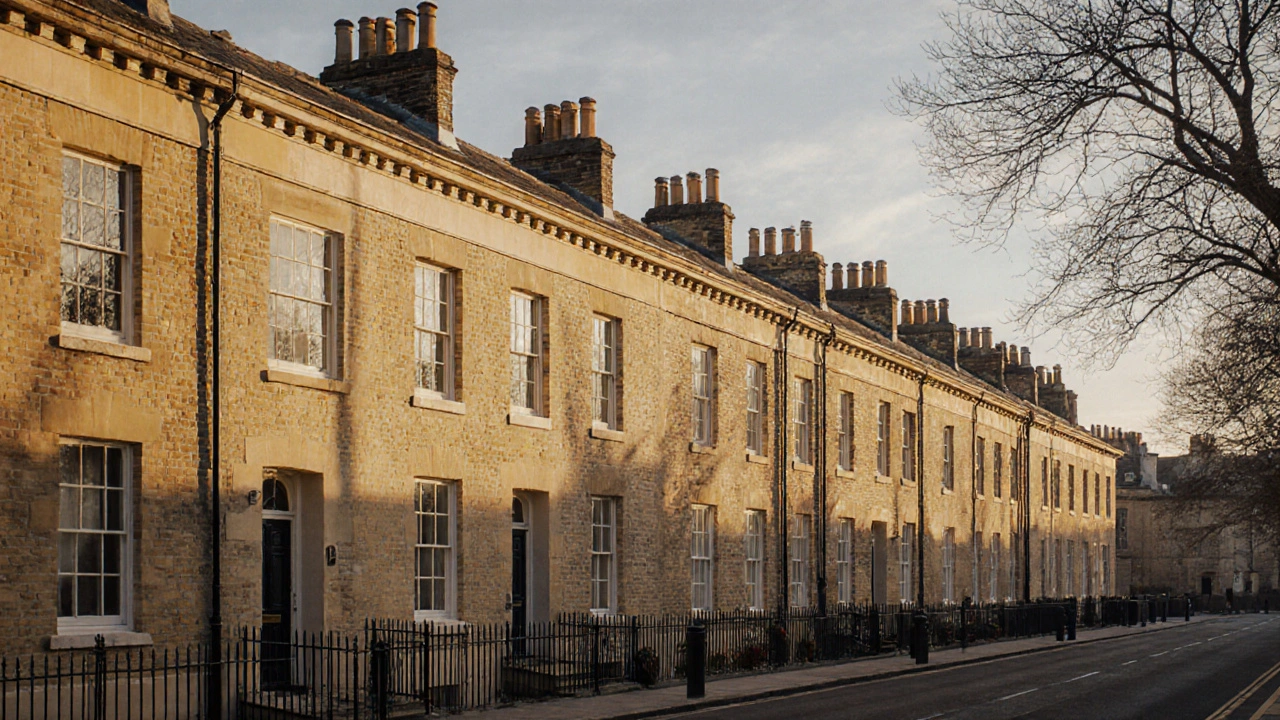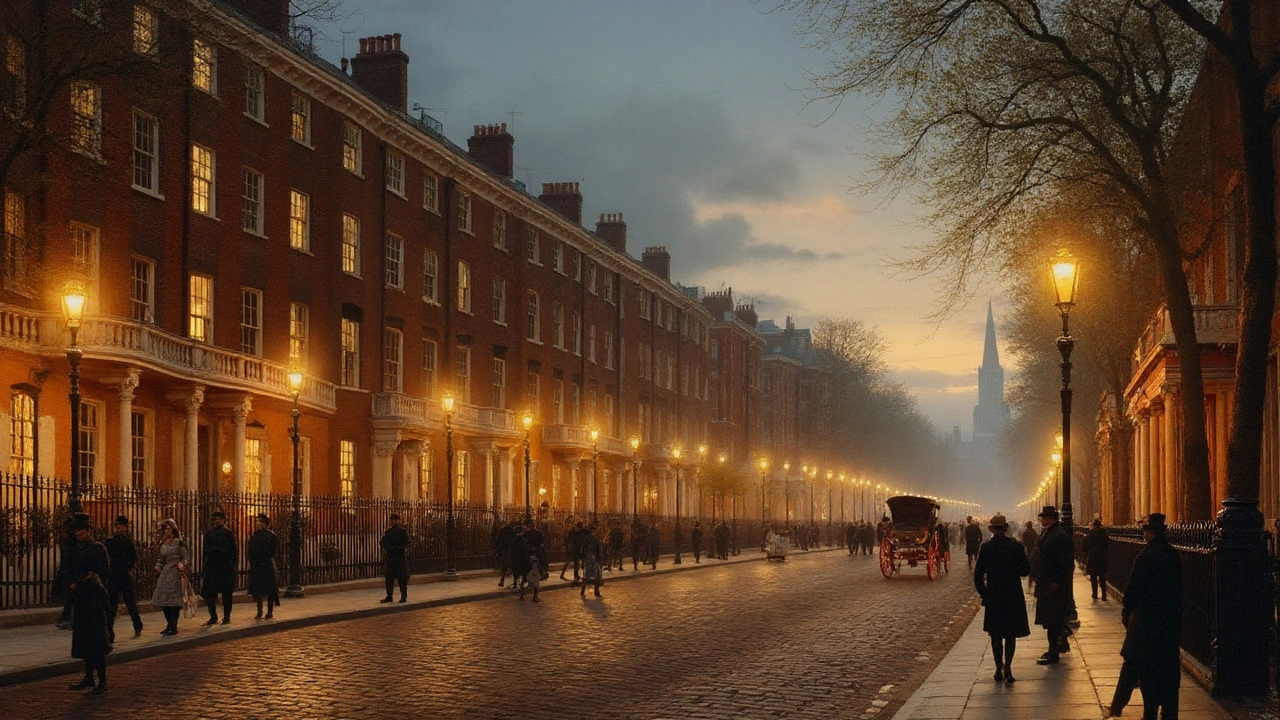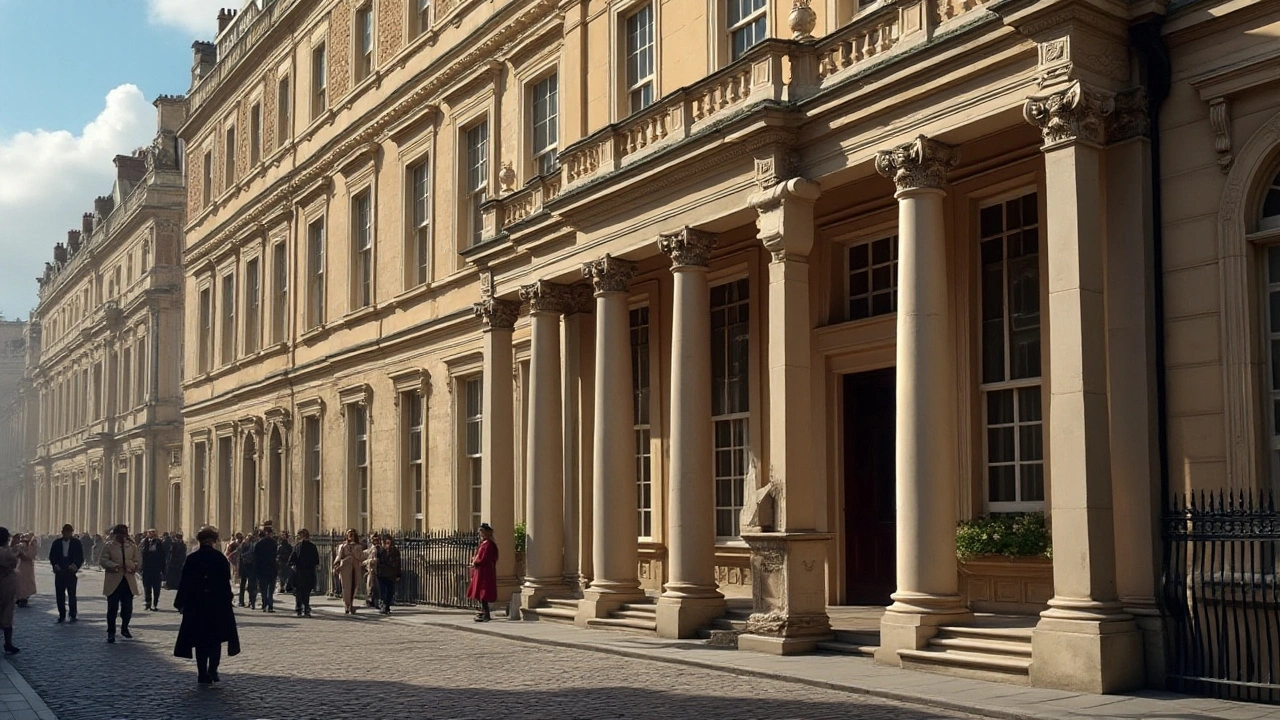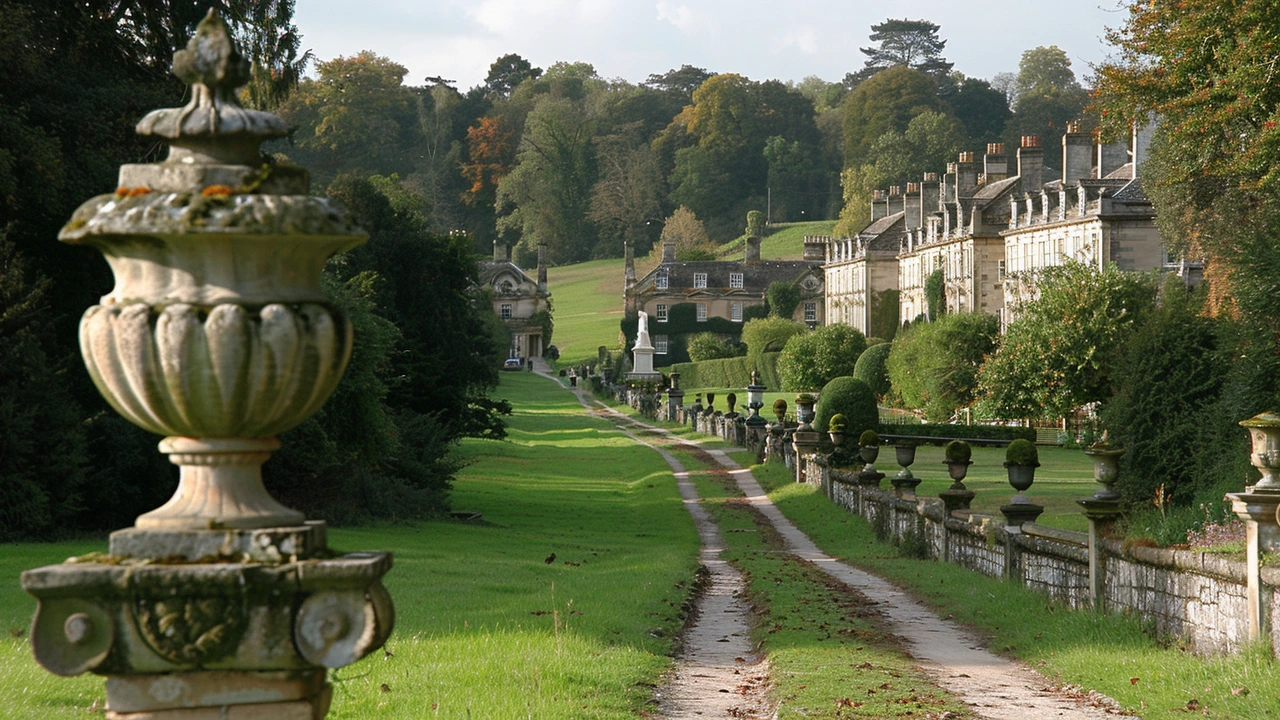Georgian architecture blends classical symmetry, refined materials, and balanced proportions to create timeless homes that still inspire modern design. Learn its defining features, global influence, and how to recognize authentic examples.
Georgian Architecture: Key Design Features & Lasting Influence
Think Georgian architecture is just neat brick rows and strict symmetry? There's more. From 1714 to the early 1800s this style shaped whole neighborhoods in London, Dublin, Boston, and beyond. It’s easy to spot once you know what to look for, and even easier to borrow details for a modern home.
Georgian buildings grew from classical rules: balance, clear proportions, and simple ornament. Influences came from Palladio and earlier Renaissance ideas, but builders adapted them for new towns and expanding cities. That mix—classical elegance with everyday practicality—is why the style stuck around and still sells well today.
Key features to spot
Start with the facade. Most Georgian houses aim for symmetry: a centered door with equal windows on each side. Look for five-bay facades (five openings across) or three-bay on smaller homes. Sash windows—tall, narrow panes that slide—are a big giveaway. They usually line up vertically across floors.
Brickwork is another clue. Red or brown brick with neat mortar joints is common in Britain; stone shows up on grander houses. Fanlights (the semicircular window above the front door), simple pediments, flat cornices, and rectangular transoms are typical details. Interiors favor paneled doors, wood moldings, and proportional rooms arranged off a central hall.
Regional twists matter. Colonial Georgians in America often simplified ornament and used local materials. In cities you’ll see terraced rows; in the countryside, larger country houses with classical porticoes appear. Spotting the pattern—the balance and rhythm—beats memorizing every trim detail.
Using Georgian ideas in modern homes
You don’t need a full restoration to use Georgian style. Start small: restore or mimic sash-style windows, add a fanlight or a simple pediment above the door, and keep window alignment when changing elevations. A muted color palette—cream, soft gray, deep green—keeps the look calm and classic.
For interiors, use proportion more than fuss. Keep room shapes balanced, use simple crown moldings, and pick paneled doors or shutters. If you want open-plan living, retain symmetry on the front elevation and insert modern changes at the rear. Practical upgrades like secondary glazing, discreet insulation, and sympathetic modern lighting preserve character while improving comfort.
On a tight budget, focus on visible elements: repaint the front door with quality hardware, repair brick mortar, and add classic planting like box hedges or a low iron fence. For serious work, consult local conservation rules and hire a sash-restoration specialist or mason who knows lime mortar—small mistakes show on historic facades.
Georgian architecture is about calm order that ages well. Notice the rhythm of windows, the centered entrances, and restrained ornament next time you walk past a row of townhouses. If you’re renovating, small faithful moves often give the biggest payoff in curb appeal and long-term value.
Explore the defining features, iconic examples, and lasting influence of Georgian architecture, the elegant 18th‑century style that still shapes our cities.
Discover what makes Georgian architecture unforgettable—symmetry, sash windows, iconic brickwork, and refined detailing that shaped history from London to Boston.
Georgian architecture, characterized by its symmetry and proportion, offers a fascinating insight into the social hierarchies of its time. This style, predominant from the early 18th to the early 19th century, reflected the wealth and social position of its inhabitants through ornate designs and spatial organization. The grandeur of these buildings, often featuring lavish facades and grand entrances, indicated the rising affluence of the emerging middle class. These architectural marvels not only provide an aesthetic delight but are also key to understanding the societal context of the Georgian era.
Georgian architecture, a style that flourished from the early 18th to the early 19th century, is renowned for its elegance and symmetry. Its roots are deeply embedded in the classical architecture of ancient Rome and Greece, marrying beauty with practicality. Picture-perfect Georgian buildings can be found strewn across the United Kingdom and other parts of the world, showcasing signature features like sash windows, decorative cornices, and proportional design. This article delves into the history, characteristics, and lasting appeal of Georgian architecture.
Georgian architecture, known for its symmetry and proportion, has had a lasting impact on modern design. This article explores how elements from the 18th-century style are incorporated into today's architecture. Learn about the history, key features, and modern applications of Georgian design. Discover tips for integrating these timeless elements into contemporary spaces.
This article delves into the elegance and historical significance of Georgian architecture. Spanning from the early 18th to the early 19th centuries, this architectural style is renowned for its symmetry and classic proportions. The piece explores key elements of the style, notable examples across the globe, and its lasting influence on contemporary architecture. Readers will gain an understanding of its cultural and aesthetic importance.







